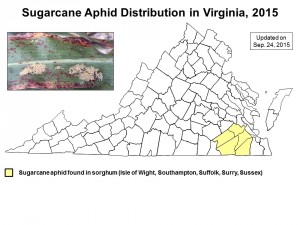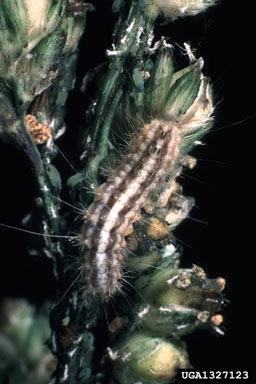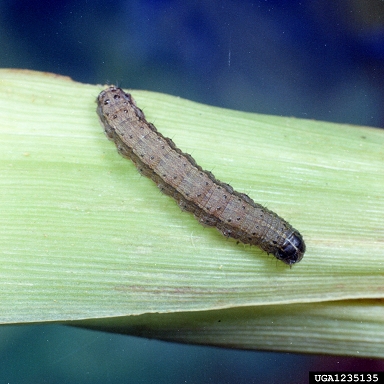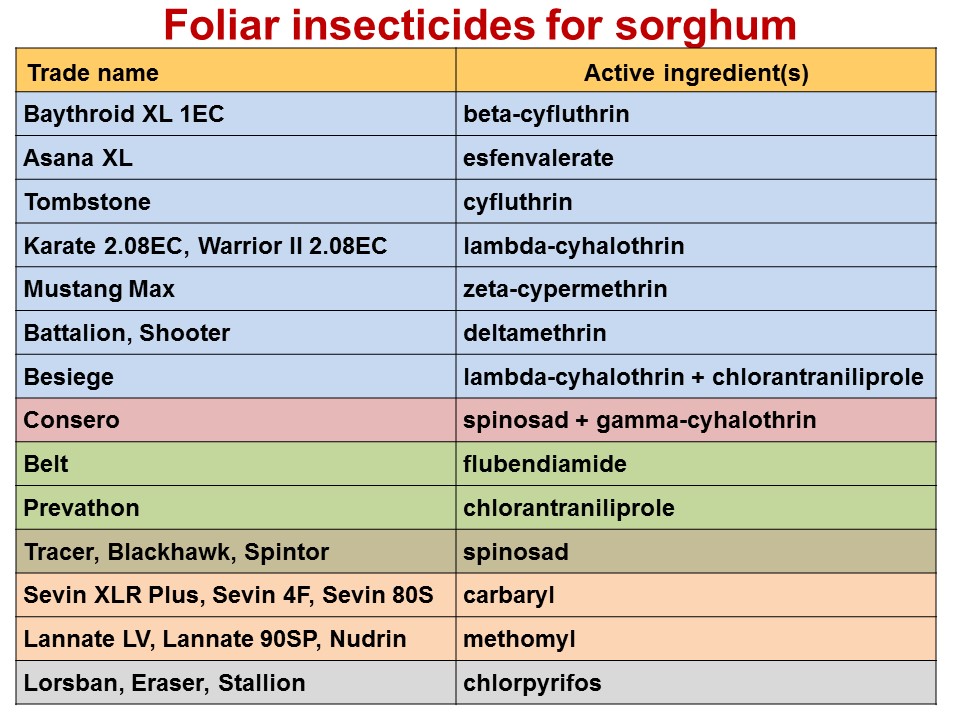2015 Sorghum OVT Yield in Virginia
I hear that several seed companies offer a 9% discount for pre-ordered seed, so I though this information may help.
The link above takes you to the grain sorghum variety trials results in 2015 including yield, seed moisture, and test weight. 22 hybrids were tested this year in full season and double cropping production systems at several locations in Virginia: Suffolk, Warsaw, Windsor, and Locust Grove. In order to effectively desiccate before harvest, the full season hybrid trial was grouped in two desiccation groups based on hybrid maturity. The first table in the attachment combines locations and desiccation groups; the others show data for each location, cropping system and desiccation with mean separation by the Least Significant Difference test.
In general, 2015 was a good year for grain sorghum in Virginia. In spite of seed sprouting in the head due to storm Joaquin and the short “visit” of the sugarcane aphid towards the end of summer at some southeastern locations, yields were good. Only at Windsor yields were near to but not quite 100 bu/acre. For all other locations, yields at and in access of 100 bu/acres were obtained for many hybrids. DEKALB’s DKS53-53, DKS51-01, DKS54-00; Sorghum Partners’ NK6638, Pioneer’s 83P17; Sorghum Harvest’s SH59G4; and Alta’s AG3101 and AG1203 were top yielding hybrids in both cropping systems.
Last but not least, I would like to acknowledge the collaborators for help with the OVT trials this year, Dr. Wade Thomason with the Crop and Soil Environmental Science Department and Bob Pitman with the Eastern Virginia AREC.





